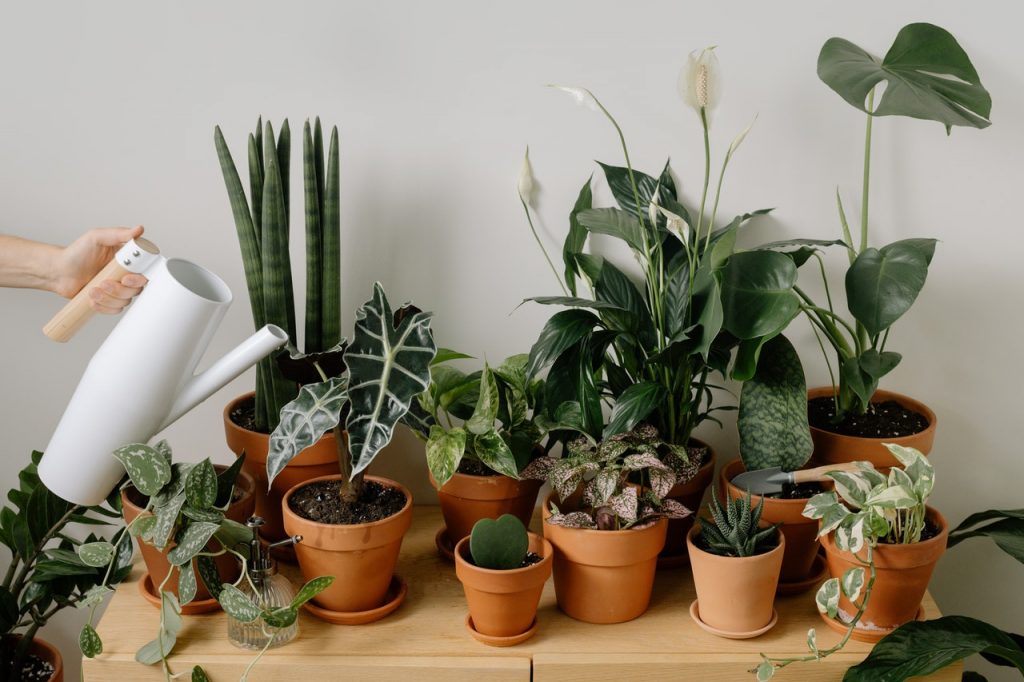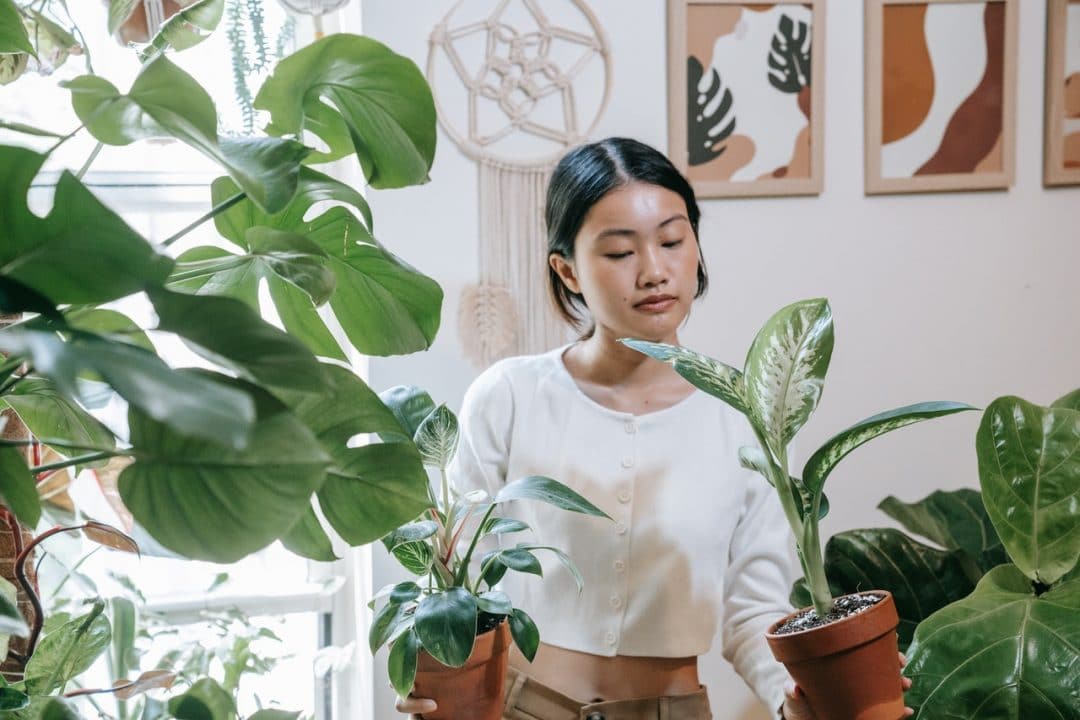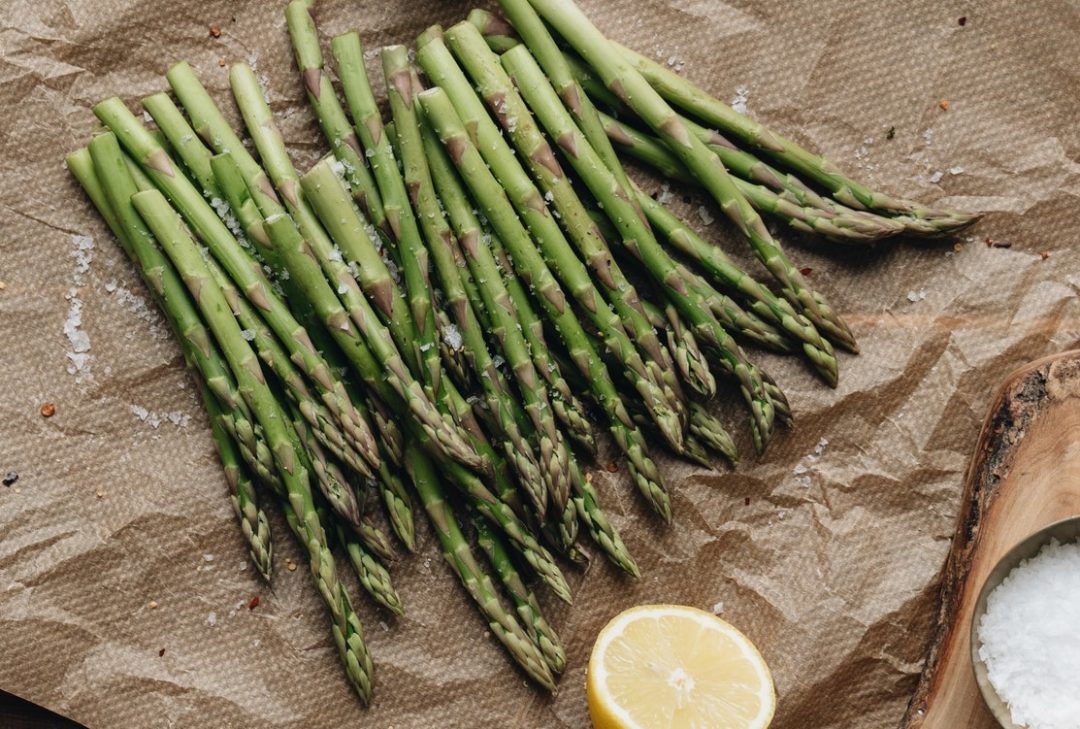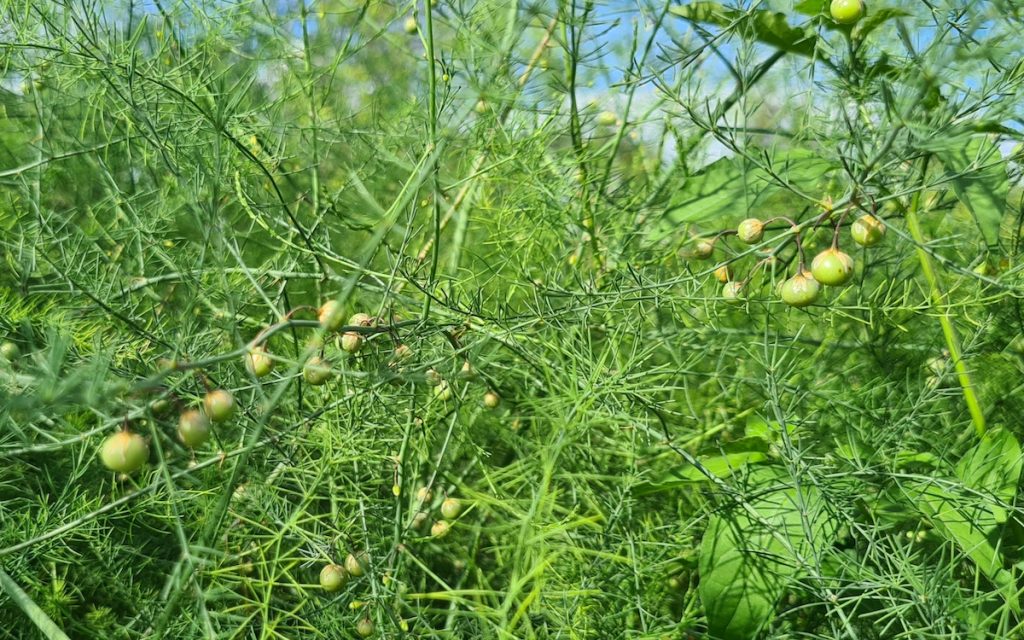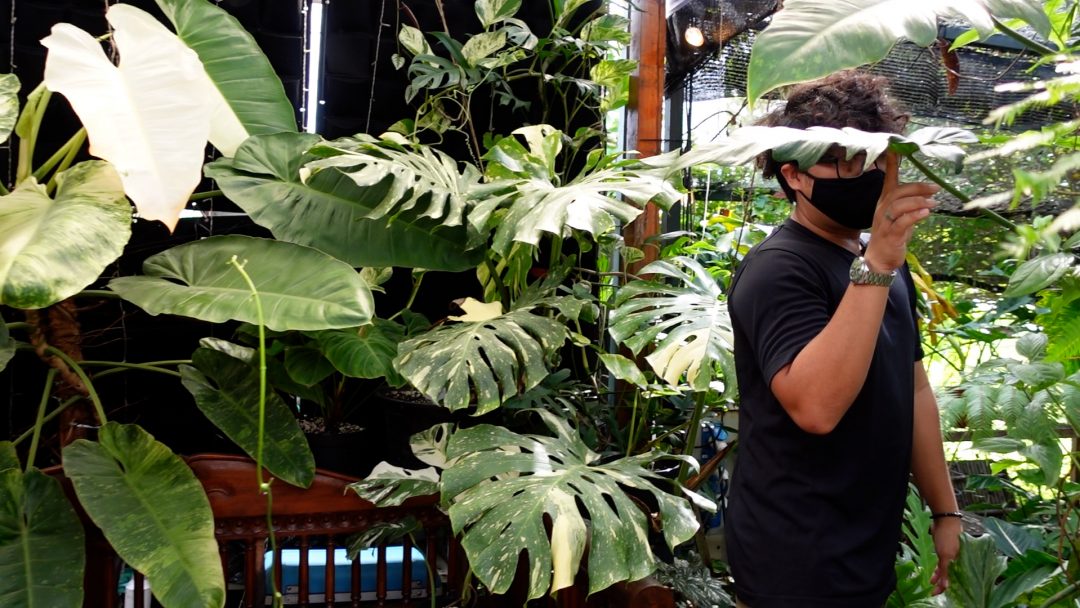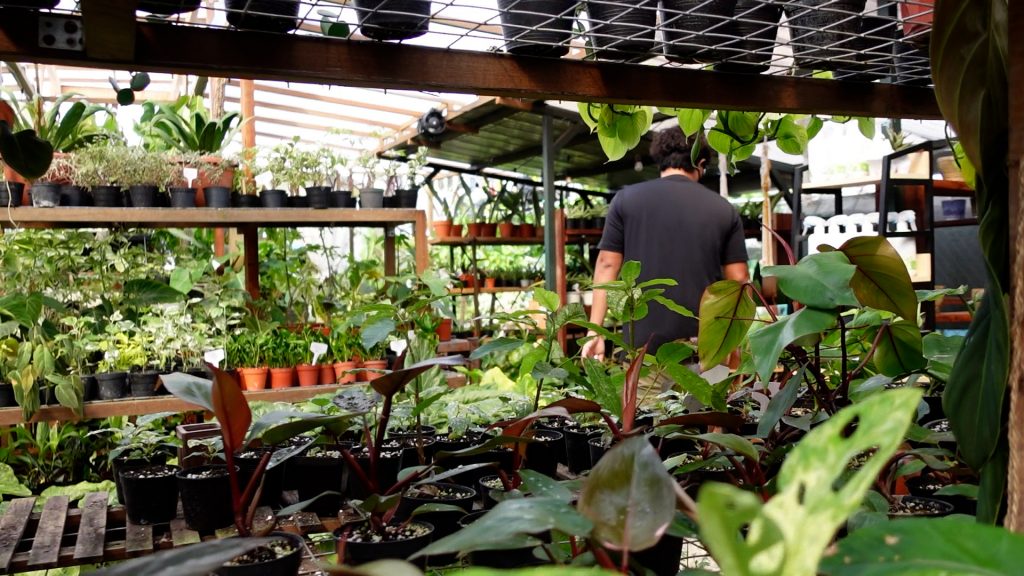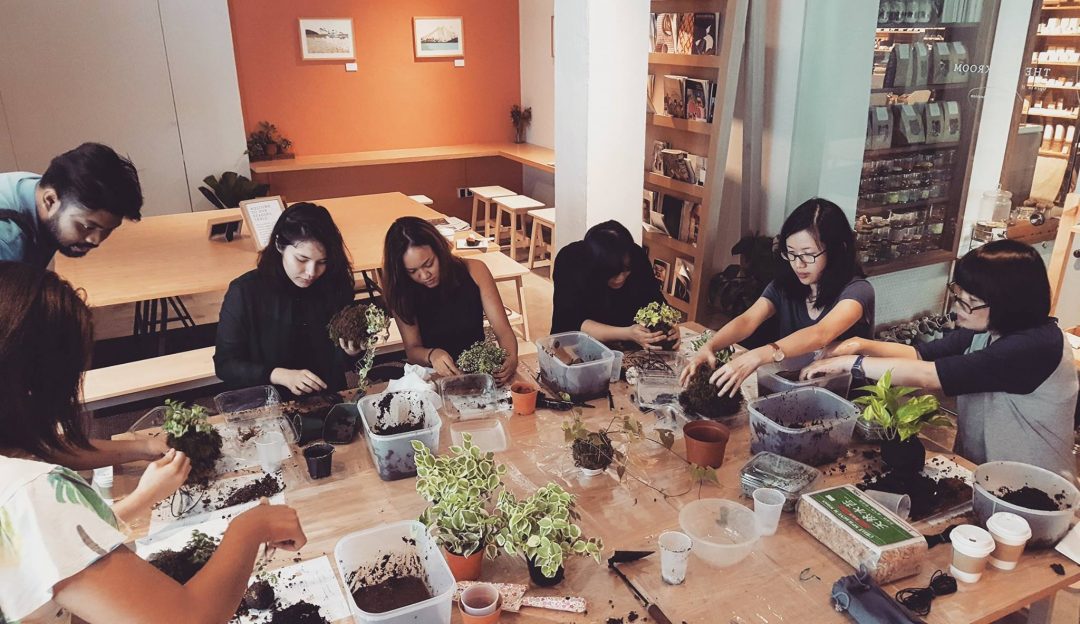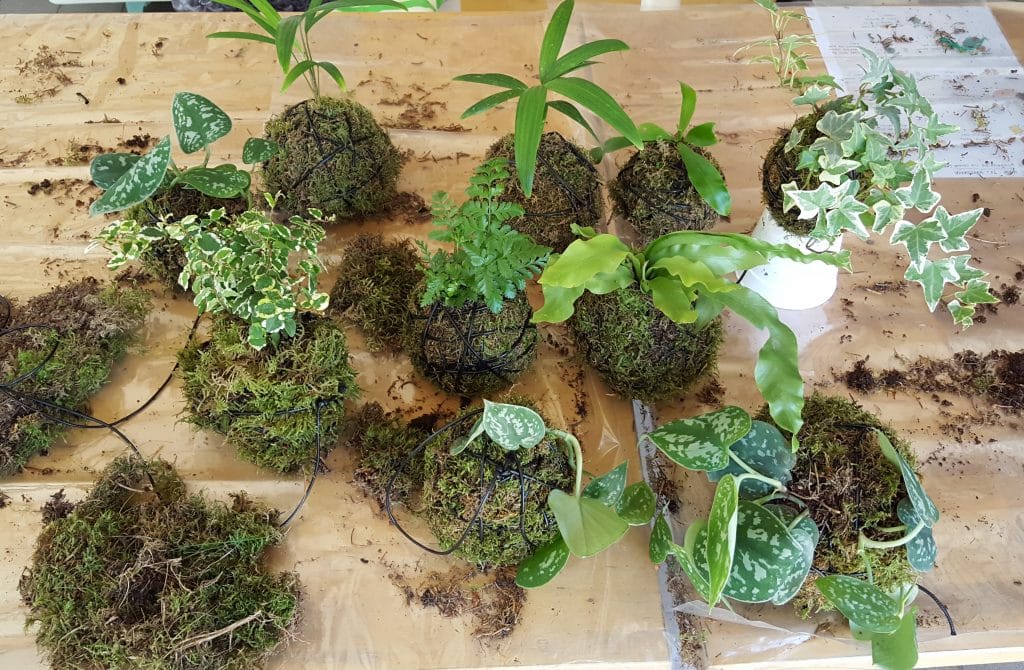If you’re wondering where to buy plant fertiliser for your edible or foliage plants in Singapore, read on for a list of places in-store or online.
Fertilisers provide plants with three main nutrients: nitrogen (N), phosphorus (P) and potassium (K), and contain secondary nutrients like magnesium (Mg), calcium (Ca) and sulphur (S) as well as micronutrients like zinc (Zn), manganese (Mn) and boron (B).
Fertilisers are essential for plant growth and development. Not only do they provide plants with the essential nutrients they need, they also improve the soil structure, water-holding capacity and aeration. Fertilising your plants is therefore a very important task that you should not fall behind on.
What kind of fertiliser should you buy for your plants?
This depends on what plant you are planning to fertilise, how often you prefer to fertilise, and whether you prefer organic or synthetic fertiliser.
The best fertiliser for your plants depends on what type of plant it is meant for, which is usually indicated on the product label e.g. vegetables, flowers, foliage plants. When buying fertiliser, also look for the NPK values so you will get a better idea of which plants it is more suitable for.
For example, a high nitrogen fertiliser that is suitable for your green leafy vegetables may not be suitable for cacti or fruiting vegetables. If you are growing green leafy vegetables, opt for a fertiliser with high nitrogen, while fruiting vegetables require more phosphorus and potassium to encourage fruiting.
